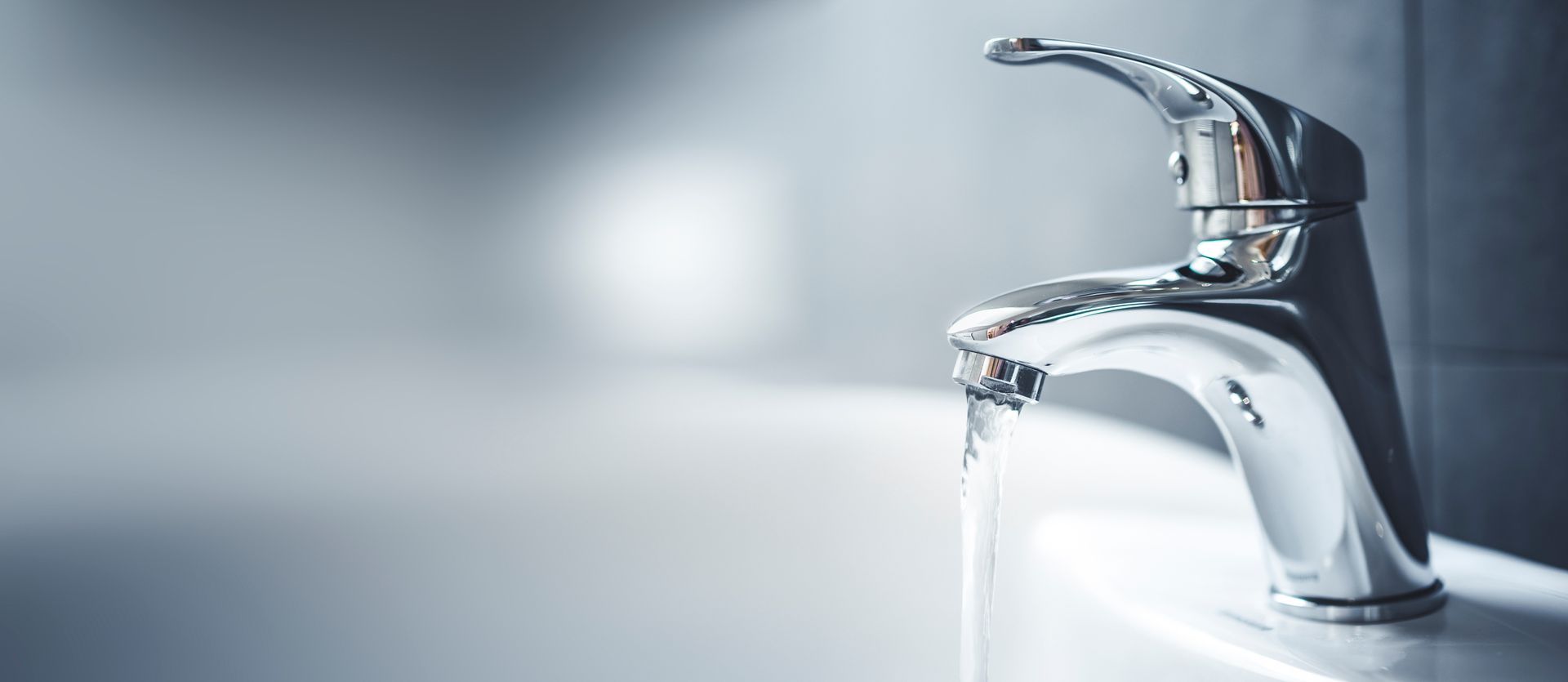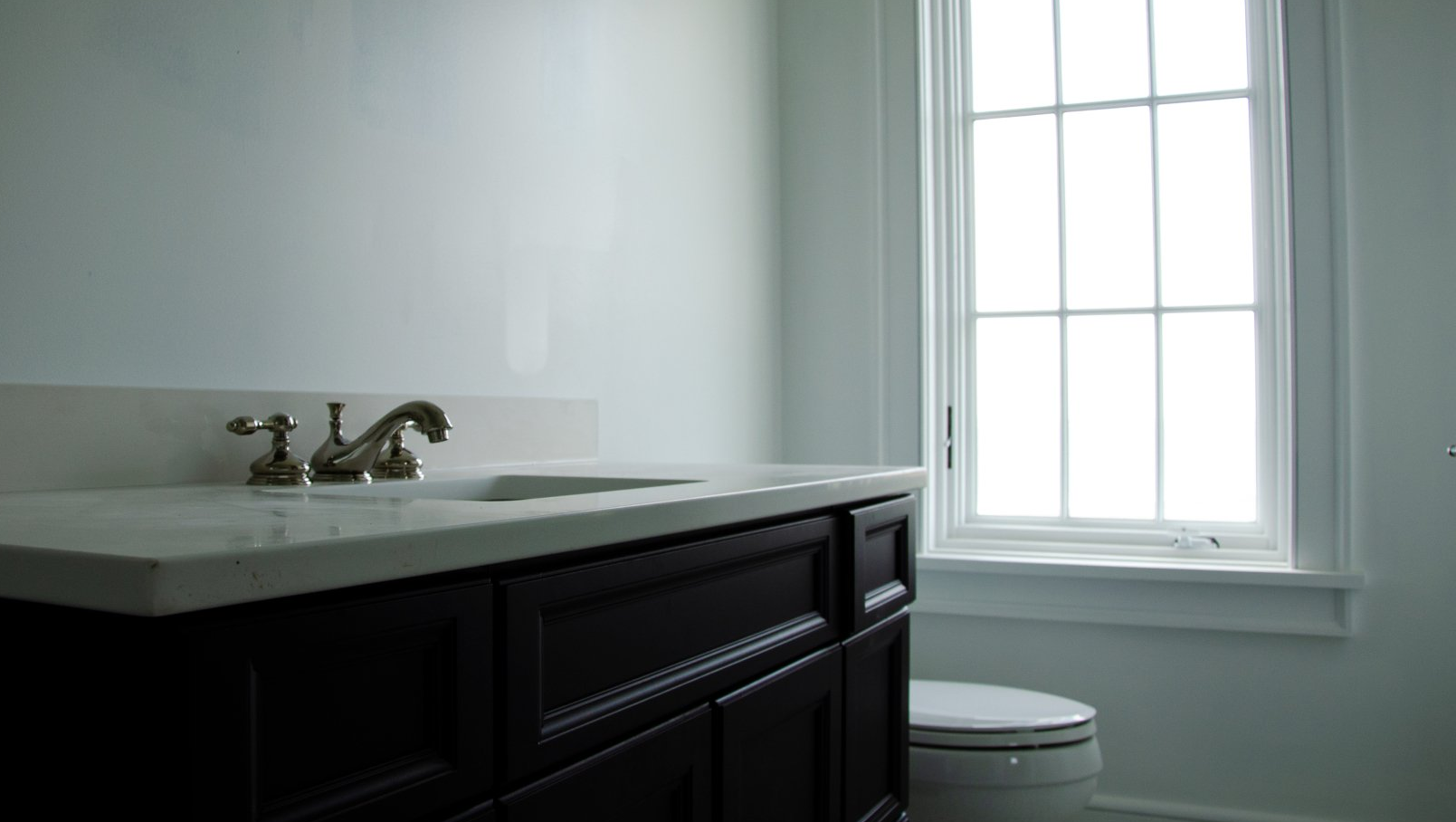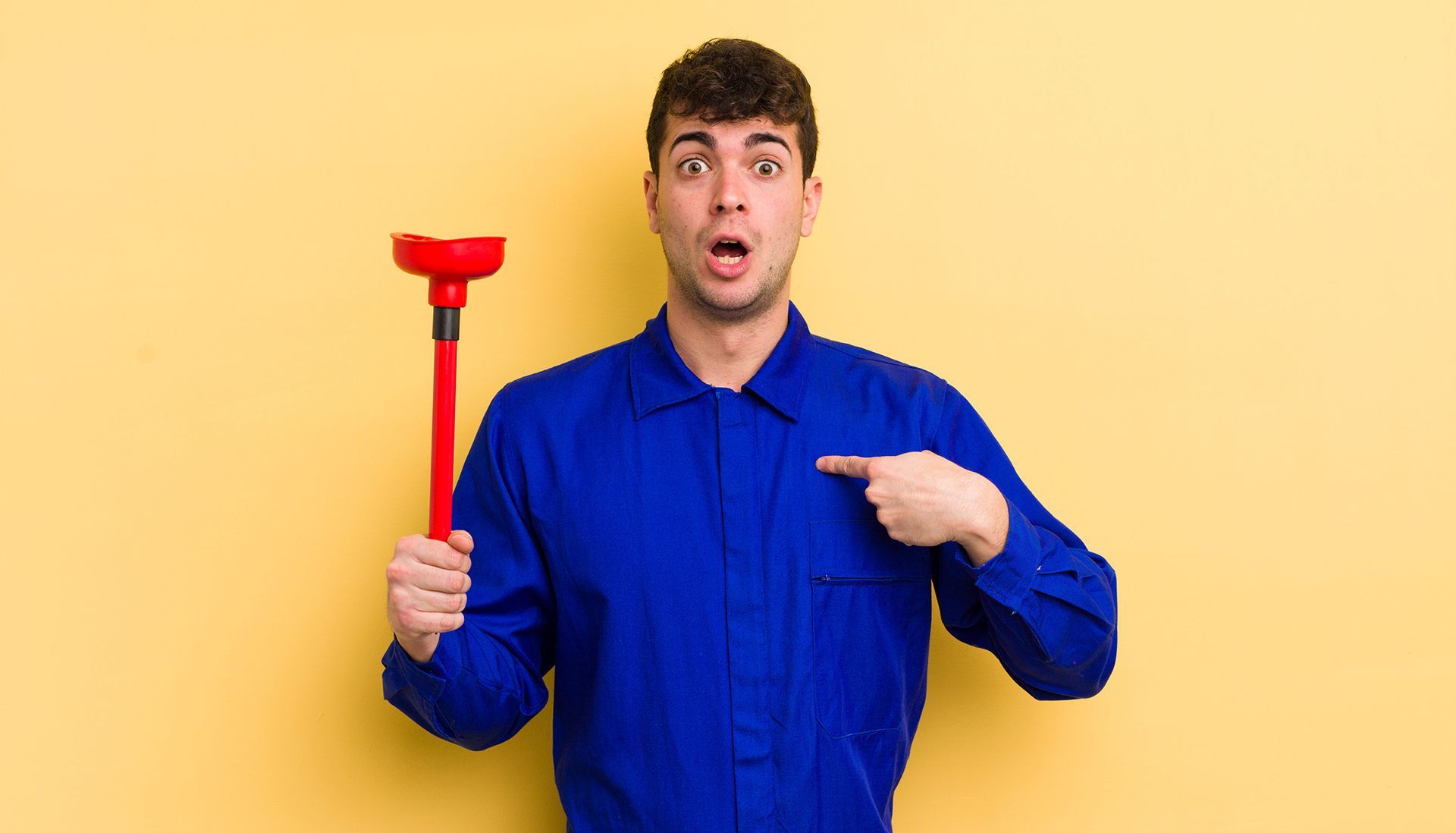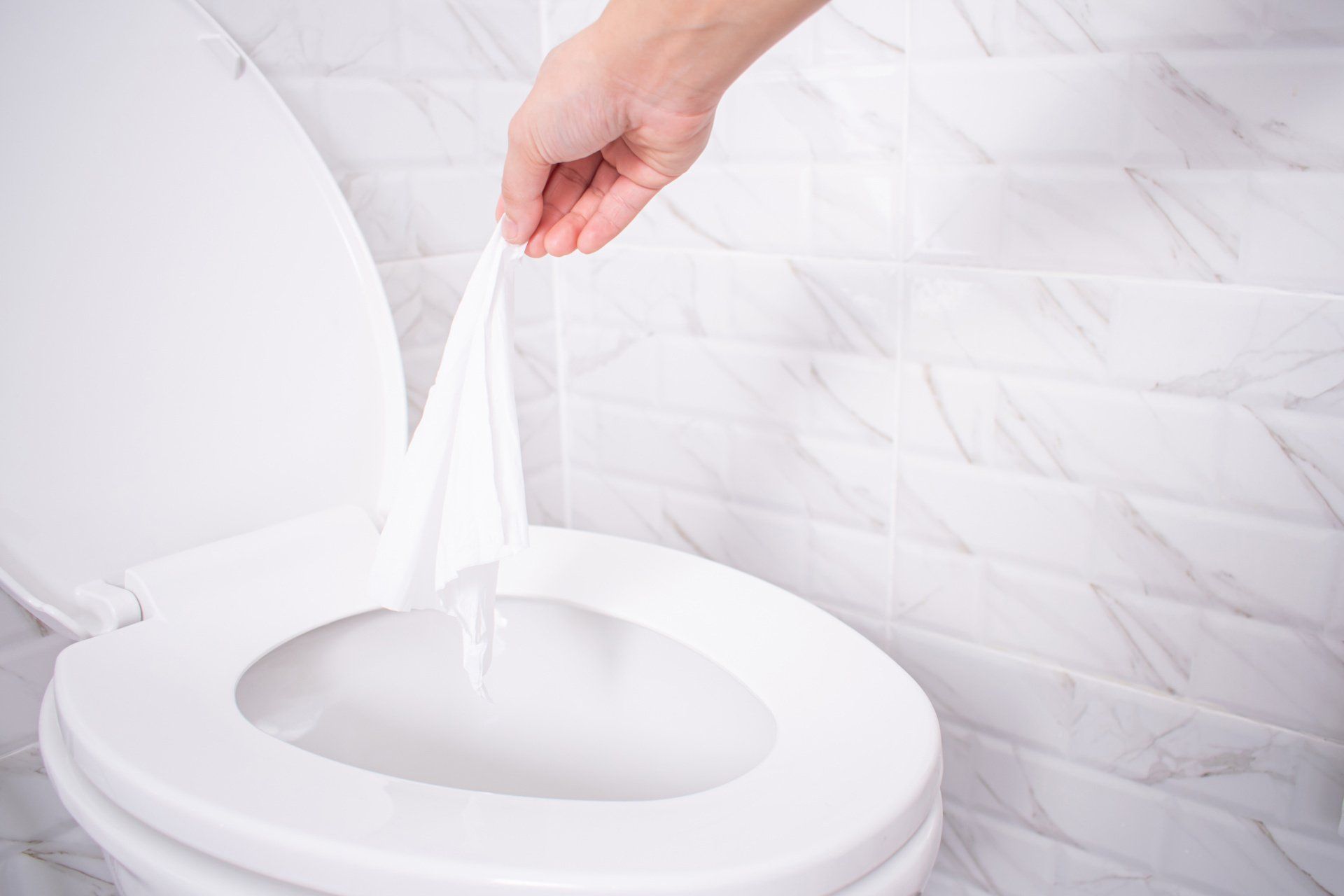How To Brush Your Teeth Without Wasting Water
There are many benefits to conserving water. Letting your water run while brushing your teeth may not seem like it has a big impact on water conservation. If you think about the two times you are supposed to brush your teeth every day seven days a week at 2-3 minutes at a time. the amount of water builds up. If you turn off your faucet while brushing your teeth you save on average 64 cups of clean drinkable water. Conserving water is important because although our earth is covered in 70% water, only 1% of it is drinkable and water is a limited resource. Conserving water is not only important for the environment but also beneficial to your finances. The less water you use, the less your water bill costs. Actively trying not to waste water while brushing your teeth is simple.

Don’t Run The Water While You Brush
The first way not to waste water while brushing your teeth is not to run the water while brushing your teeth. This is the simplest way to conserve water while brushing. If you brush your teeth while the water is running, over time you waste gallons and gallons of clean water. On average, a person who brushed their teeth 2 times a day and runs their water while brushing can waste 2,400 gallons of water a year.
Don’t Let the Water Go
Another tip to conserve water is to save the water you do run. Some of the clean water you run while brushing your teeth can be used for your dog or cat's water bowl. The water can also be used to water your plants. It might sound excessive, but keep in mind that running water adds up and any way to reuse it is better than it going down the drain.
Use a Reusable Cup
If you’re the type of person that cups your hands to fill with water so you can rinse after brushing consider switching to a reusable cup. This reduces the waste of water that would otherwise go down your drain.
Check Plumbing
Brushing your teeth is a great opportunity to check your plumbing. Turn your faucet off while you brush to ensure the faucet isn’t dripping. This time also allows you to quickly check under your sink to make sure your pipes are not leaking.
Renew Your Plumbing
Consider how old your plumbing is. It’s a good idea to replace your old faucets with new ones. Newer faucets are built with more water-friendly faucet heads.
You might also like



